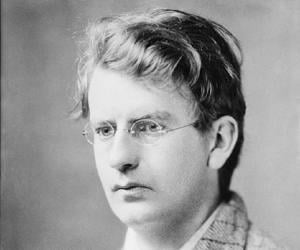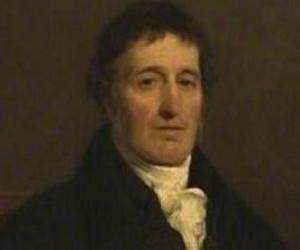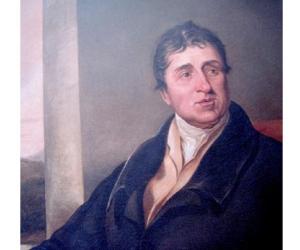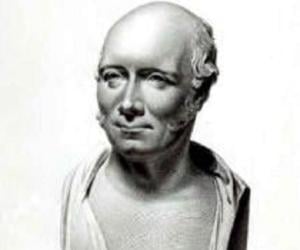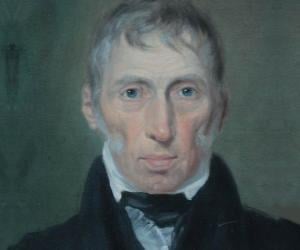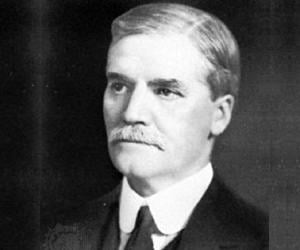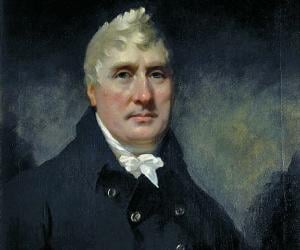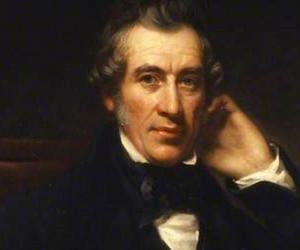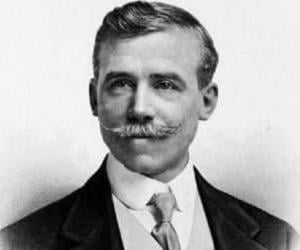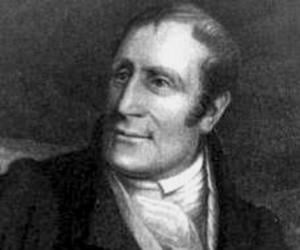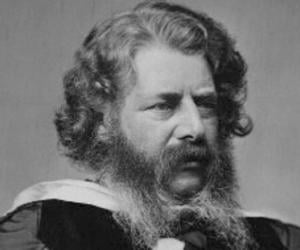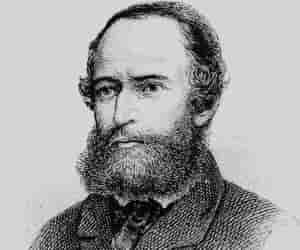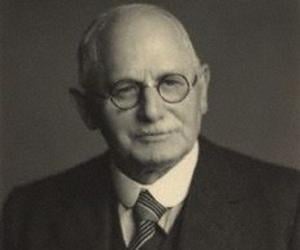1
John Logie Baird
(Engineer)
Birthdate: August 13, 1888
Sun Sign: Leo
Birthplace: Helensburgh
Died: June 14, 1946
John Logie Baird was a Scottish inventor, electrical engineer, and innovator known for demonstrating the world's first live working television system in 1926. He further invented the first publicly demonstrated color television system and the first viable purely electronic color television picture tube. His achievements include achieving the first transatlantic television transmission in 1928. Baird's contributions to the practical introduction of broadcast television for home entertainment have secured him a prominent place in television history, earning recognition in various prestigious halls of fame and commemorative events.
